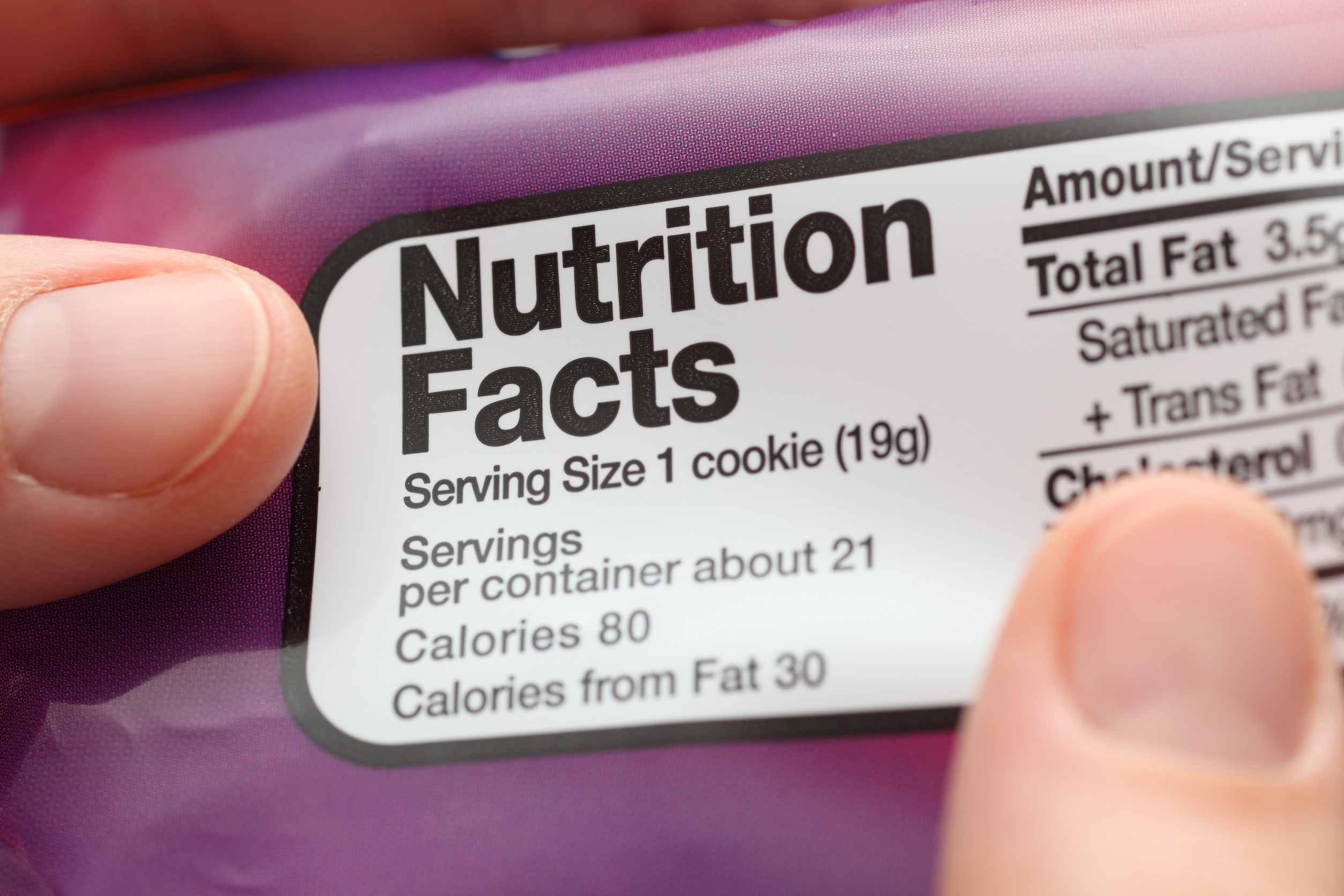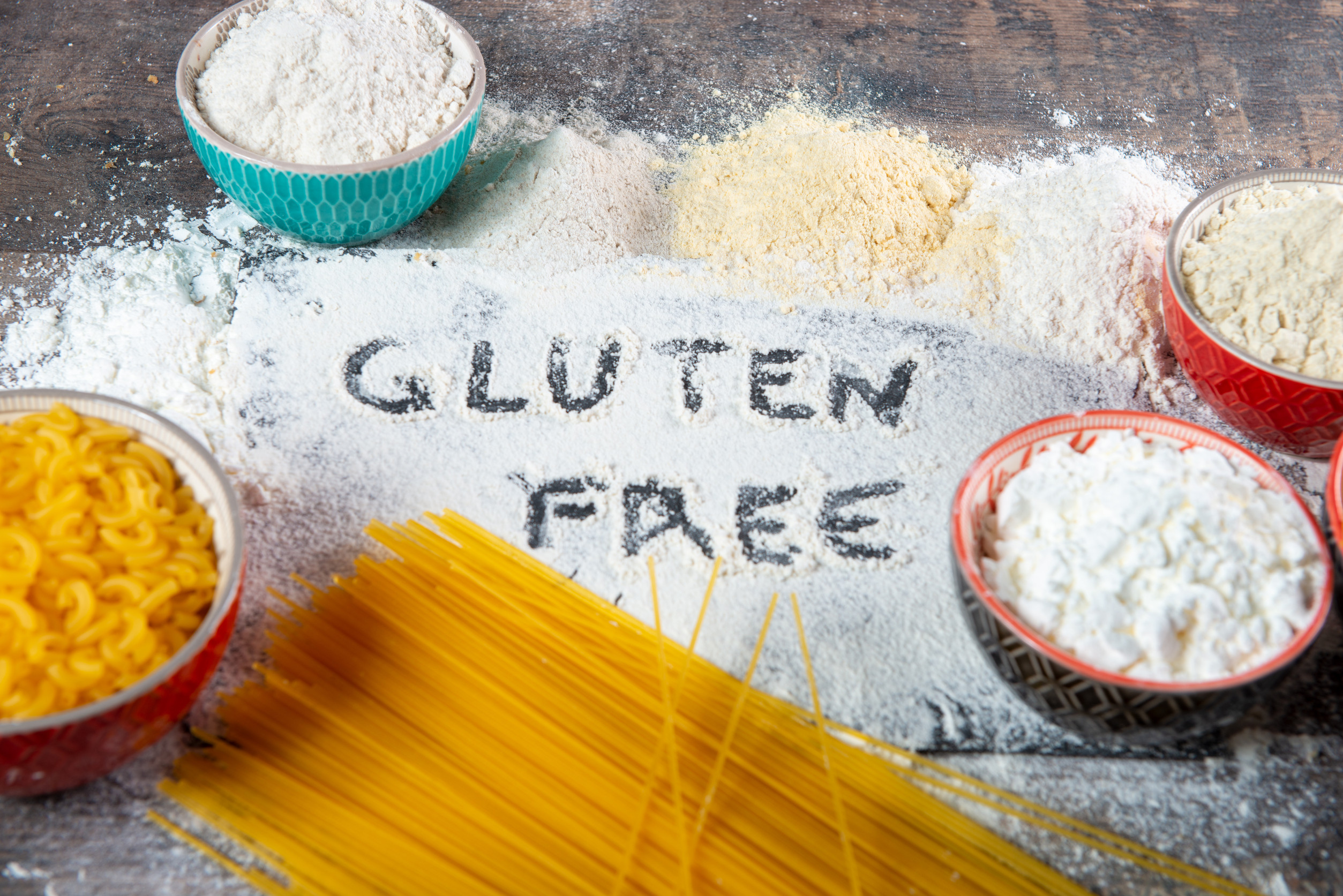
Walk into any grocery store and take a look around—the shelves are packed with products that look healthy, thanks to clever marketing and eye-catching labels. From “natural” granola bars to “heart-healthy” cereals, food companies have become masters at disguising unhealthy ingredients behind innocent-sounding buzzwords. Consumers are bombarded with bold claims like “no added sugar” or “gluten-free,” but what those labels don’t say can be just as important as what they do.
The truth is, many packaged foods are full of additives, preservatives, and hidden sugars that can wreak havoc on the body, despite appearing wholesome. Understanding these common labeling tricks is essential for anyone trying to make healthier, more informed food choices.
1. The “Natural” Illusion
When a label says a product is “natural,” it gives the impression that the food is free from artificial chemicals or overly processed ingredients. However, in many countries, the term “natural” is not strictly regulated, allowing manufacturers to use it even if the product contains high fructose corn syrup or chemical preservatives. Consumers often associate “natural” with organic or unprocessed, which makes this label particularly deceptive. It is frequently used to make processed foods appear healthier than they actually are. Unless the label is backed by a certified organic seal, “natural” should not be assumed to mean nutritious.
2. Hiding Sugar Under Alias Names
Sugar is one of the most commonly disguised ingredients in processed food, often hidden behind dozens of alternative names. Words like maltodextrin, evaporated cane juice, barley malt, and agave nectar may not sound like sugar, but they all contribute to the same health risks. To further complicate things, companies often use multiple sugar types in one product, so they appear further down on the ingredient list. This manipulation can make it seem like sugar is only a minor component when it’s actually a primary ingredient. Reading labels carefully and recognizing sugar’s many names is crucial to avoiding accidental overconsumption.
3. Serving Size Sleight of Hand
Manipulating serving sizes is one of the most common tricks used to make nutrition labels look more appealing. A product may seem low in calories, sugar, or fat—until one realizes that the serving size is unrealistically small. A tiny bag of chips might be listed as two or even three servings, skewing the numbers to look healthier. This tactic downplays the true nutritional impact if a person eats the whole package, which most do. Always consider the serving size in context to avoid falling for this deceptive strategy.
4. “No Added Sugar” Doesn’t Mean Sugar-Free
When a product claims “no added sugar,” it doesn’t mean the item contains no sugar at all. It simply means that no extra sugar was added during processing, but the product could still be naturally high in sugar. This label is often found on juices, yogurts, and fruit-based snacks, which can contain as much sugar as a soda. Additionally, these products may contain fruit concentrates or purees, which are metabolized like sugar in the body. It’s essential to check the total sugar content rather than relying solely on the claim.
5. “Fat-Free” or “Low-Fat” Isn’t Always Better
The terms “fat-free” and “low-fat” often give the illusion of a healthier option, but these products can be misleading. When fat is removed from food, manufacturers often add sugar, salt, or artificial flavorings to make up for the loss of taste and texture. As a result, many fat-free products end up being just as calorie-dense—or even more so—than their full-fat counterparts. The label creates a health halo effect, convincing shoppers they’re making a smart choice when they might not be. Looking beyond the fat content and considering the whole ingredient profile is key to understanding nutritional value.
6. “Whole Grain” With a Grain of Salt
A product that says “made with whole grains” may still be mostly refined flour with only a token amount of whole grain added. Food companies are allowed to use this phrase even if the primary grain is refined and stripped of nutrients. This trick gives the impression of a fiber-rich, wholesome food when that might not be the case. True whole grain products should list a whole grain as the first ingredient on the label. Without that, the product may not deliver the health benefits typically associated with whole grains.
7. The Multigrain Misdirection
“Multigrain” sounds nutritious, suggesting a diverse mix of healthy grains, but it says nothing about whether those grains are whole or refined. In many cases, multigrain products are made from several types of refined grains that offer little nutritional value. This label can mislead consumers into thinking they’re getting a fiber-rich, heart-healthy product. Unless each grain listed is a whole grain, “multigrain” offers no real health advantage. Reading the ingredient list is the only way to confirm the quality of the grains being used.
8. “Gluten-Free” Used as a Health Halo
The gluten-free label has become a popular marketing tool, often implying that a product is healthier or more natural. While important for those with celiac disease or gluten sensitivity, gluten-free doesn’t automatically mean nutritious. Many gluten-free products are highly processed and packed with sugar, fat, or refined starches to mimic the taste and texture of traditional baked goods. These substitutes can spike blood sugar and offer little in terms of fiber or protein. It’s important not to equate gluten-free with healthy unless the entire nutritional profile supports it.

9. “Cholesterol-Free” Doesn’t Mean Heart-Healthy
A product labeled “cholesterol-free” can still be high in unhealthy fats like trans fats or saturated fats, which raise cholesterol levels in the blood. This label is often found on plant-based foods that wouldn’t contain dietary cholesterol in the first place, making it irrelevant. It gives a false sense of healthfulness while distracting from more harmful ingredients lurking inside. Some snack foods and processed items use this label to seem more heart-friendly than they are. Consumers should always investigate the type and amount of fat, not just the cholesterol line.
10. The Vague “Made With Real…” Claim
Labels that say “made with real fruit,” “real cheese,” or “real vegetables” are not required to specify how much of the real ingredient is actually present. This phrase is often used to give a product an aura of authenticity and wholesomeness, even if only a tiny amount of the real food is included. The majority of the product may still be composed of additives, artificial flavors, and fillers. This marketing tactic is particularly common in snacks and kids’ foods, where parents are targeted with the promise of something “real.” Unless the real ingredient is one of the first listed, it likely plays a minor role in the product.
Don’t Let the Label Fool You
In a world where marketing often outweighs nutritional transparency, it has become more important than ever to read beyond the front of the package. Food labels are full of subtle misdirections and cleverly chosen language that can make unhealthy items seem like smart choices. By learning to recognize these common tricks, consumers can take control of their diets and make more informed, confident decisions at the grocery store. True health doesn’t come from flashy claims but from understanding the ingredients and nutritional facts hiding behind the bold text.
What labeling tricks have caught you by surprise? Share your thoughts or drop a comment below to continue the conversation.
Read More
10 Food Labels That Mean Absolutely Nothing—But Still Influence You
10 Warnings Labels That Are Legally Required—But Wildly Ignored
The post 10 Labeling Tricks That Hide Unhealthy Ingredients appeared first on Everybody Loves Your Money.







